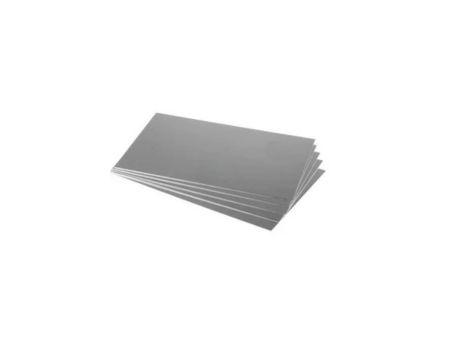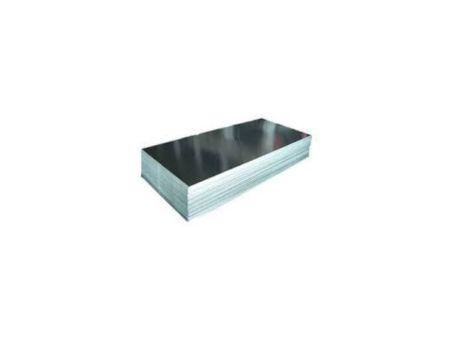Aluminium 2014 Clad Plate
Sheet or plate with a thin layer of pure aluminum applied to the surface to significantly improve the poor inherent corrosion resistance of the 2014 alloy.
Minimum Order : 150 unit
Customization as per requiments
| Thickness | 12 |
| Width | 120 |
| Hardness | 25 Hb |
| Surface Finish | Anodized, Mill Finish, Painted |

Sheet or plate with a thin layer of pure aluminum applied to the surface to significantly improve the poor inherent corrosion resistance of the 2014 alloy.

A high strength, naturally aged condition of the alloy that offers greater ductility and is more easily formed than the T651 temper.
What are the closest equivalent material grades for Aluminium 2014 T651 plate, and which applications demand the 5.0 mm?
This addresses the core engineering need to cross reference materials and justify the material thickness. The closest international equivalents to Aluminium 2014 include EN AW 2014A and the older British standard H15 or HE15, often supplied in the T6 or T651 temper which signifies a solution heat treated and stress relieved condition. This alloy is valued for its very high strength and hardness due to its copper content (3.9 5.0%), making it critical for structures where weight and strength are paramount. The $5.0 \text{ mm}$ thickness is commonly used for intermediate load structural panels in the aerospace industry (such as wing ribs or fuselage bulkheads), military vehicle components, and other highly stressed structural applications like heavy machinery forging plates, which require this specific gauge for rigidity without excessive weight.
What are the fabrication limitations of 5.0 mm Aluminium 2014, specifically concerning bending radius and weldability?
This query is essential for fabrication planning and directly addresses the primary challenges engineers face with high strength aluminum alloys. Aluminium 2014 is a high strength, heat treatable alloy, and as such, its ductility is generally lower than alloys like 5000 or 6000 series, making it more challenging to cold form. Although a precise minimum bend radius is dependent on the specific temper (T4 is generally more bendable than T651) and grain direction, fabricators must use a large bend radius, often several times the $5.0 \text{ mm}$ thickness, to avoid cracking. Furthermore, due to its high copper content, 2014 is generally rated as poor for fusion welding (MIG/TIG) as it is highly susceptible to hot cracking, severely degrading its mechanical properties and corrosion resistance in the heat affected zone.2 Consequently, joints for this alloy are typically made using mechanical fasteners (rivets, bolts).
What are the specific concerns regarding corrosion resistance for 2014 T651 sheets, especially when used in marine?
Aluminium 2014 T651 exhibits poor resistance to atmospheric corrosion, particularly when exposed to water, moisture, or salt environments (marine/coastal). This is primarily due to its high copper content (up to $5.0\%$). In corrosive environments, it is susceptible to intergranular corrosion (IGC) and stress corrosion cracking (SCC), where cracks initiate and propagate along the grain boundaries, severely weakening the material. Therefore, Aluminium 2014 should never be used unprotected in such environments. For applications like aerospace or military components where this alloy's strength is essential, the $5.0 \text{ mm}$ sheets must be protected using methods such as cladding (e.g., Alclad 2014), applying protective anodizing (hard or protective), or coating with specialized paints or powder coatings to create a barrier against the corrosive elements.
Get Quote Instantly
India
Mumbai
Lucknow
Nashik
Pune
Rajkot
Moradabad
Angul
Rudrapur
Hosdurg
Gandhinagar
Rajahmundry
Durgapur
Bharuch
Panipat

Sugar

Oil And Gas Industries

Paper Mill

Power Plant

Bridge And Building

Aerospace Industries

Automobile Industry

Electrical Industry

Defense Industry

Construction & Fabrications

Ring Man Units

Railways

Gasket Industry

Pharmaceuticals Industry
Get Quote Instantly